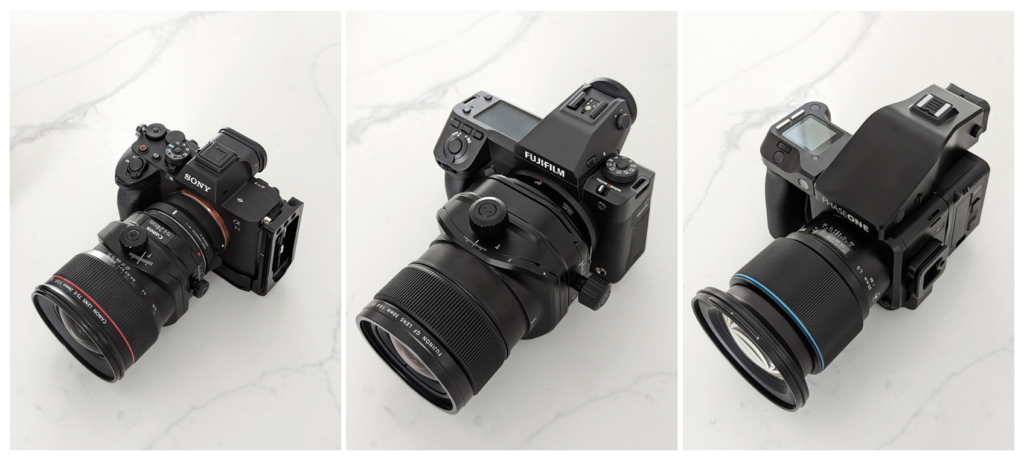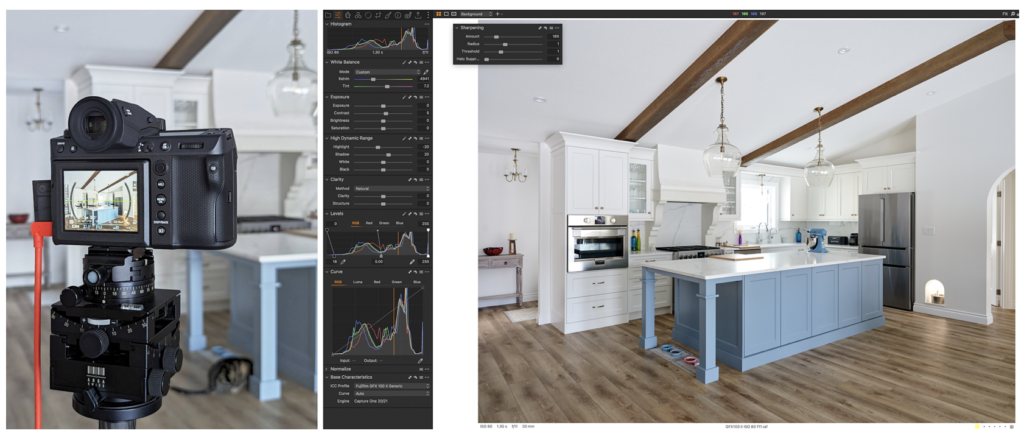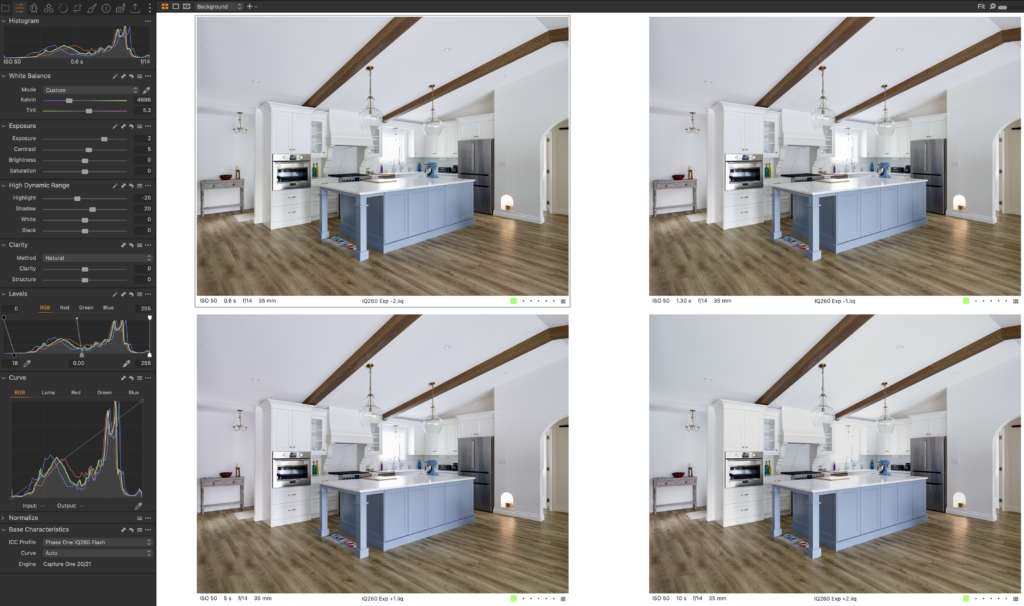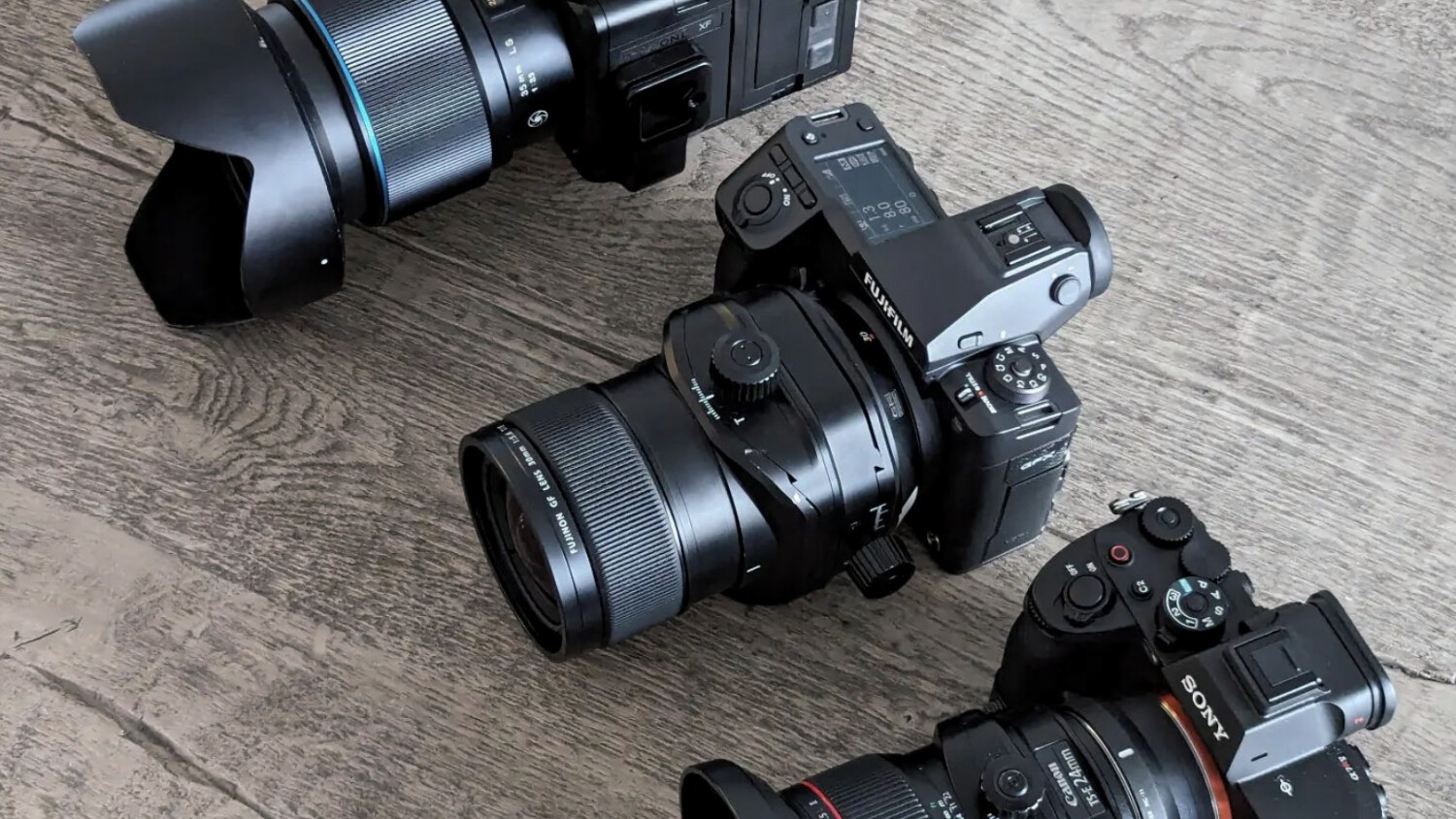Christophe Bénard compares: Fujifilm GFX100 II, Sony A7R V, Phase One IQ260
So here we are, 2024 has come, and the choice for camera systems is better than ever. Christophe Bénard had the opportunity to test the Fujifilm GFX100 II and its new Tilt-Shift lenses. How does this combo compare to Sony and the Phase One digital back?

Christophe Bénard is an architectural and commercial photographer based in Edmonton, Alberta. His expertise in high-resolution photography, combined with advanced lighting and post-production techniques, results in powerful images. He specializes in both architectural photography and studio shots of watches. He pays great attention to technical details and intricacies. He shares interesting BTS shots and reflections related to photographic equipment on his Instagram. It’s worth checking out my previous post prepared with Bénard – Is This the End of Digital Backs?

The following cameras were used: Sony A7R V 61MP BSI-CMOS sensor 36×24 – Pixel pitch: 3.76 micron – Base ISO 100 GFX100 II 102MP BSI-CMOS sensor 44×33 – Pixel pitch: 3.76 micron – Base ISO 80 Phase One XF IQ260 60MP CCD sensor 54×40 – Pixel pitch: 6.0 micron – Base ISO 50 Once again, the Phase One was used for reference for sharpness only. It would be absurd to compare the performance of a newer BSI-CMOS vs a CCD sensor in terms of dynamic range, colors and low light performance. A better comparison would have been the IQ4150 with its BSI-CMOS sensor, but I didn’t have access to one during testing. The following lenses were used: Canon TS-E 24mm f/3.5L II (35mm format) Fujifilm GF 30mm f/5.6 T/S (field of view on 44×33 sensor equivalent to 24mm in 35mm format) Schneider Kreuznach 35mm LS f/3.5 (field of view on 54×40 sensor equivalent to 22mm in 35mm format)
https://christophebenard.com
In his article, Christophe analyzes the following issues:
- Tethering speed and file size,
- Camera body and lens construction,
- ISO,
- Sharpness,
- Shift (rise),
- Dynamic range,
- Color,
- Investment

The text is accompanied by the opportunity to download RAW files, allowing us to assess how individual lenses and cameras perform.
It’s crucial to remember that the digital back used for comparison is a rather old model, significantly different from the latest Phase One products with a 150 MPx sensor.
A very interesting and practical comparison of the capabilities of these cameras. Of course, it’s always worth considering the question – will my clients notice these differences?
